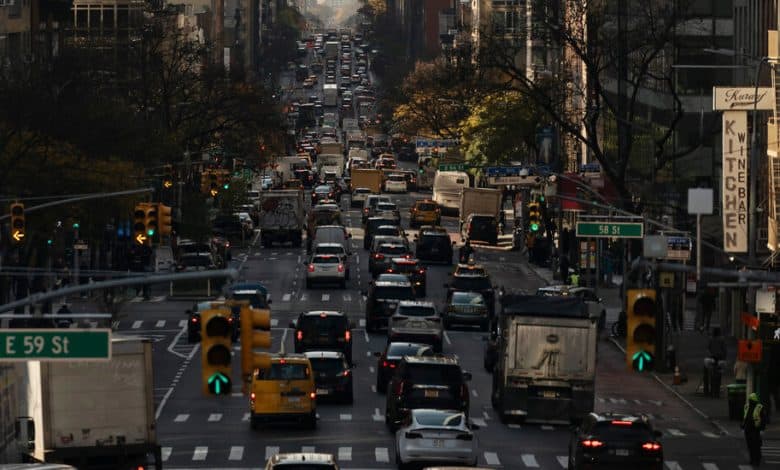How New York’s Congestion Pricing System Could Have Been Saved

New York State’s congestion pricing program was once a promising method of charging drivers to use Manhattan’s most crowded streets. The abrupt announcement on Wednesday by Gov. Kathy Hochul to “indefinitely pause” the program may spell its permanent end, and not just for New York. The unfortunate decision may also harm other American cities’ efforts to similarly control traffic.
It didn’t have to be this way. The state and city can salvage something from this failure by heeding the right lesson: stop trying to do the right thing the wrong way.
The concept of congestion pricing, under which car drivers in Manhattan would have to pay $15 (more for truck drivers) to enter the zone south of 60th Street, is sound. It was first proposed by the Lindsay administration more than a half-century ago, and now street space is even scarcer, as the city has repurposed much of it for walkers and cyclists.
Driving into or around dense Manhattan is the least efficient way of getting around. In 2019, New York’s last normal pre-Covid year, just 24 percent of the nearly 3.9 million people who came to core Manhattan each day came via car or truck, according to the New York Metropolitan Transportation Council; almost everyone else took mass transit. Car drivers impose a burden on the city, in collision danger, congestion (buses stall behind cars), noise and pollution. Congestion pricing would charge drivers for the inconvenience they cause.
Yet economic principle is not the same as gritty New York reality. The governor’s inept halt to the program offers a civics lesson: New York’s transit advocacy community, which long fought for congestion pricing, could not overlay a sound idea onto a dysfunctional state government whose elected officials flout good-government practices, focusing instead on short-term exigencies and ignoring key details of complex proposals.
There’s also a limit to how much experimentation a city can withstand when residents and commuters feel increasingly fearful and anxious on the public subways and streets that congestion pricing was supposed to improve.
